Creating with the Patience of Cézanne
Keeping friendly to yourself, Flash Invaders, The Grapes of Wrath, and a Colorado Book Award!
My loyal reader (one of you, I’m sure) has probably noticed The Tumbleweed is blowing into your inbox a little later this month. That’s because I got to take a marvelous summer vacation to France. I went around seeing beautiful things and eating delicious foods, and I could feel my wells of creativity and imagination refilling. One place I visited was Cézanne’s Atelier in Aix-en-Provence. Sitting in the room that he built especially to provide the space, light, time, and inspiration to work on his paintings filled me with an indescribable peace.
Cézanne carefully mixed the gray paint of the walls, and installed the wooden floors (instead of the orange terra cotta tiles in all the other rooms in the building) so the neutral colors would not clash with the hues in his paintings. A big window on one side let in mellow afternoon light, and there was a rectangular opening in the back corner so he could move huge canvases in and out between the studio and the garden when he needed outdoor light. The room was filled with the actual objects Cézanne used in his still lifes.
You may be thinking, of course Cézanne had a carefully curated space in which to work on his masterpieces. He was a genius! The thing was, when he built this place for himself, he was not yet considered a genius. He was considered the loser friend of some much more successful artists.
Cézanne befriended Emile Zola when they were schoolboys. Zola went on to become the most celebrated novelist in France, while Cézanne struggled to get anyone to take his art seriously. Cézanne’s dad wanted him to have a respectable job, but as a young man, he couldn’t hack law school and went to join Zola in Paris. Cézanne applied to the École des Beaux-Arts, but he was rejected—twice! Despite this discouragement and the disapproval of his dad, he kept working on his art. He took classes at the free Académie Suisse, and he befriended Monet and Renoir.
Cézanne tried to submit his work to the famous Paris Salon, but was repeatedly rejected. No one bought his paintings. He had to ask Zola for money. He didn’t have a painting accepted to the Salon until he was 43! And that only happened when one of his friends was on the jury and he exhibited Cézanne’s painting as that of his “student”!
Cézanne wasn’t able to build this studio until after his parents died and he inherited their property in 1901. By then, his art was finally beginning to catch on with the public, but he only got to work in this studio for four years before he died in 1906 at age 67.
Still, I think this is a hopeful story. It’s echoed by the story of my mentor and friend Lucia Berlin, who knew little success in her lifetime but was hailed as a genius after she died. Both Berlin and Cézanne believed in themselves and their art enough to keep at it. And this atelier is evidence of the kind of self love an artist has to give to themselves in order to produce their best work.
See that little green pot? It appeared in Cézanne’s paintings more than any other object. He painted it dozens of times. He was patient. He believed in himself. He gave himself the chances and the time he needed to get it right.
In her magnificent book Dakota, Kathleen Norris writes that she once came across a note handwritten by her grandmother tucked in a family bible. On it was written: “Keep me friendly to myself; keep me gentle in disappointment.” Keep friendly to yourselves, dear creators. If you need to paint that pot 25 times to get it right, paint it 25 times. I believe in you.
The Assorted Whimsy Portion of The Tumbleweed
I went on a street art tour of the Montmartre neighborhood in Paris (coincidentally where a lot of Cézanne’s buddies used to hang out), and the guide turned me on to my favorite app ever, FlashInvaders, a free app by the artist Invader. Get the app, spot one of the 4058 mosaic street art pieces by Invader in 80 global cities, capture it on your phone and score points. It makes walking around a city like a joyous game of hide-and-seek. Once you start looking, you see them everywhere. Here’s the Invader I spotted on the art school in Marseille:
The Book Recommending Portion of The Tumbleweed
I read the classics like it was my job from when I was about twelve until I was maybe 22. Then I turned my attention toward books written by the living. Every once in a while I realize there is a gap in my education, and I corrected one such gap this summer by reading The Grapes of Wrath by John Steinbeck.
This book felt eerily suited to the times we’re living in. Check out this passage:
“And the great owners, who must lose their land in an upheaval, the great owners with access to history, with eyes to read history and to know the great fact: when property accumulates in too few hands it is taken away. And that companion fact: when a majority of the people are hungry and cold they will take by force what they need. And the little screaming fact that sounds through all history: repression works only to strengthen and knit the repressed.”
Wow. I’m so glad I waited until I was well seasoned by life to read this gorgeous novel, because I could appreciate every word, which I don’t think I would have if I’d read it in high school.
You know how half the classic writers seem like misogynist assholes when you read them nowadays? Not Steinbeck. He wrote about women with grace. He saw their power—which was not based on their appearances, but on their capabilities and their love—and he showed it to the reader.
The Q&A Portion of The Tumbleweed
I’ve gone on too long in this newsletter! So I’ll make this Q & A quick.
Q: Should I write/paint/film/compose/direct/stage/choreograph/build/grow/arrange this thing I’ve got an idea for?
A: Yes.
Q: Isn’t it a waste of time?
A: No.
Please send me any questions you’ve got about writing, editing, publishing, rabbit keeping, gardening, taco eating and naps. You can leave a comment or send me an email.
The Self-Promotional Portion of The Tumbleweed
You guys. Mixed Company won the Colorado Book Award in General Fiction! I’m not making this up. See:
And I got to bring home this lovely award:
I haven’t figured out where to hang it up yet. So I’ve been carrying it around from room to room. Winning was a total surprise. I grew up in Colorado, and this place has always been my muse, so I always hoped that maybe someday one of my books would be a finalist for this award. But I didn’t quite have the audacity to hope that I would win it. And this story collection wasn’t supposed to exist. My former agent told me he couldn’t sell it. I entered the book in contests on my own. Anything good that happens from here on out is just gravy.
I’ll be participating in the Denver Public Library’s Denver Days program with a talk at the brand new Bob Ragland Branch near RINO on August 5 at 4:30. They asked me to talk about Denver art and artists in relation to my fiction, so I’ll be talking about an art-related story from Mixed Company, and also discussing my novel-in-progress (which I hope doesn’t jinx it?), sharing some of the research I’ve been doing for the past decade or so on the history of street art in Denver. I’ll have a slide show. Come on out—it’s free and it’ll be fun.


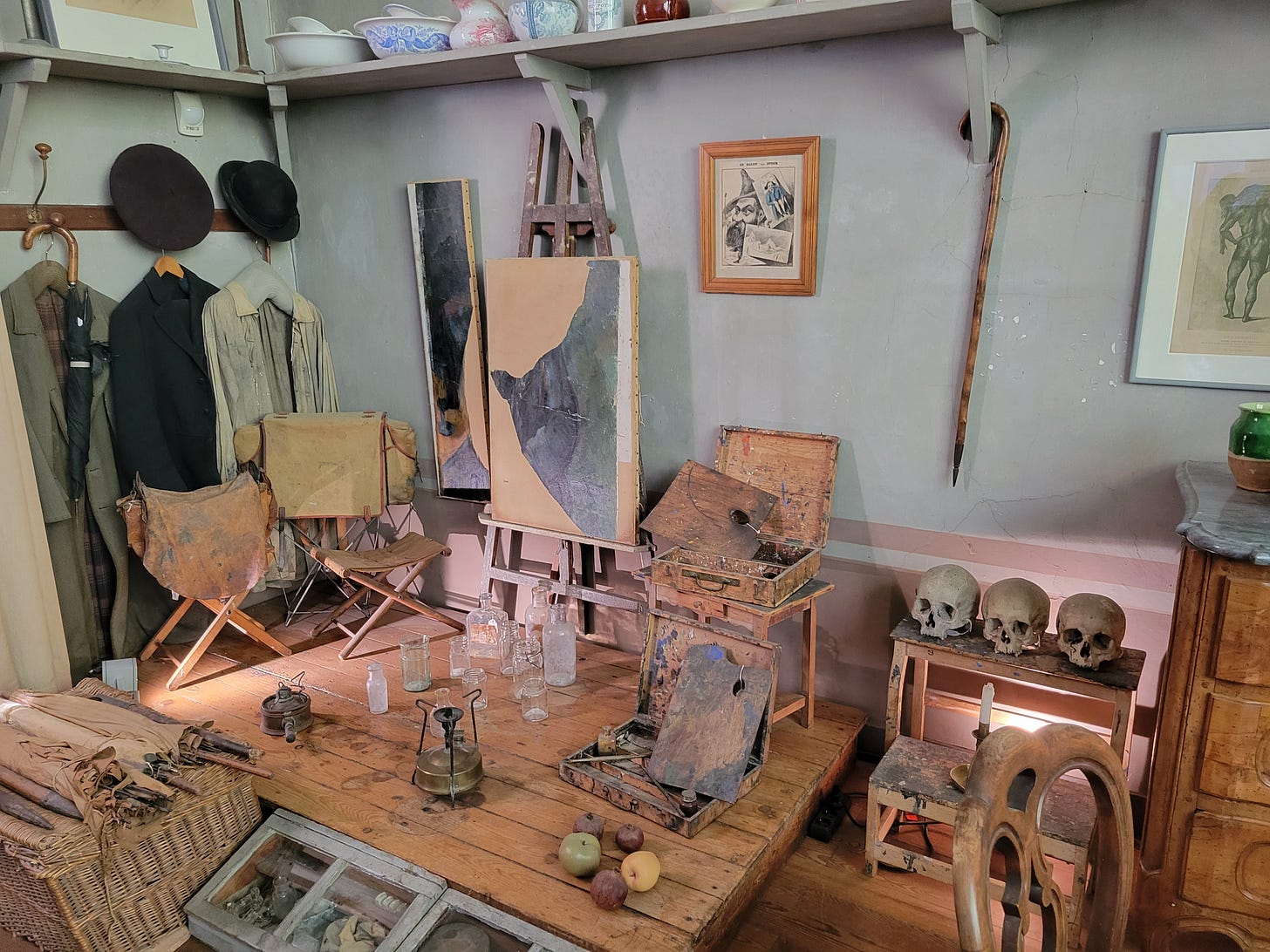

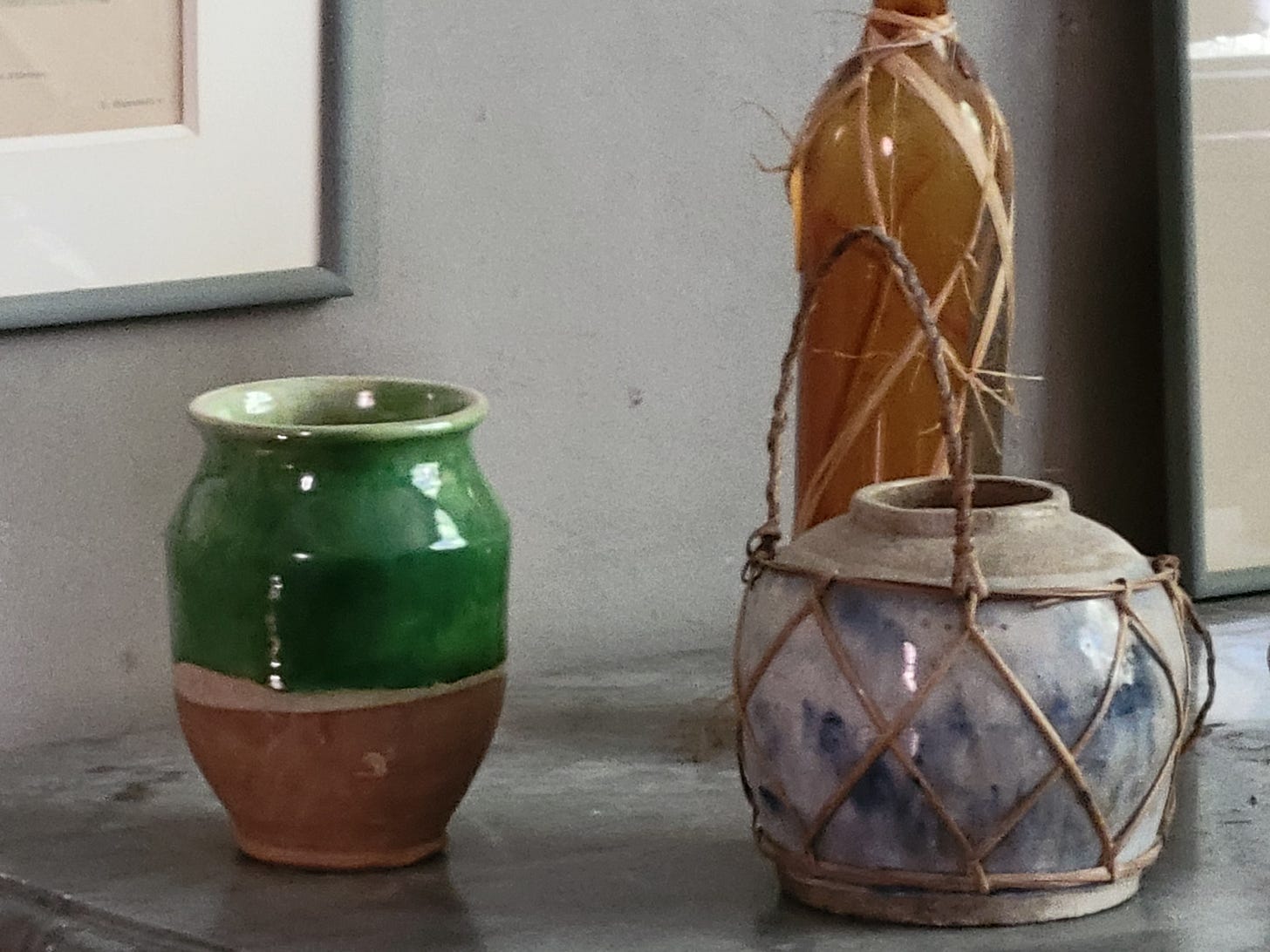

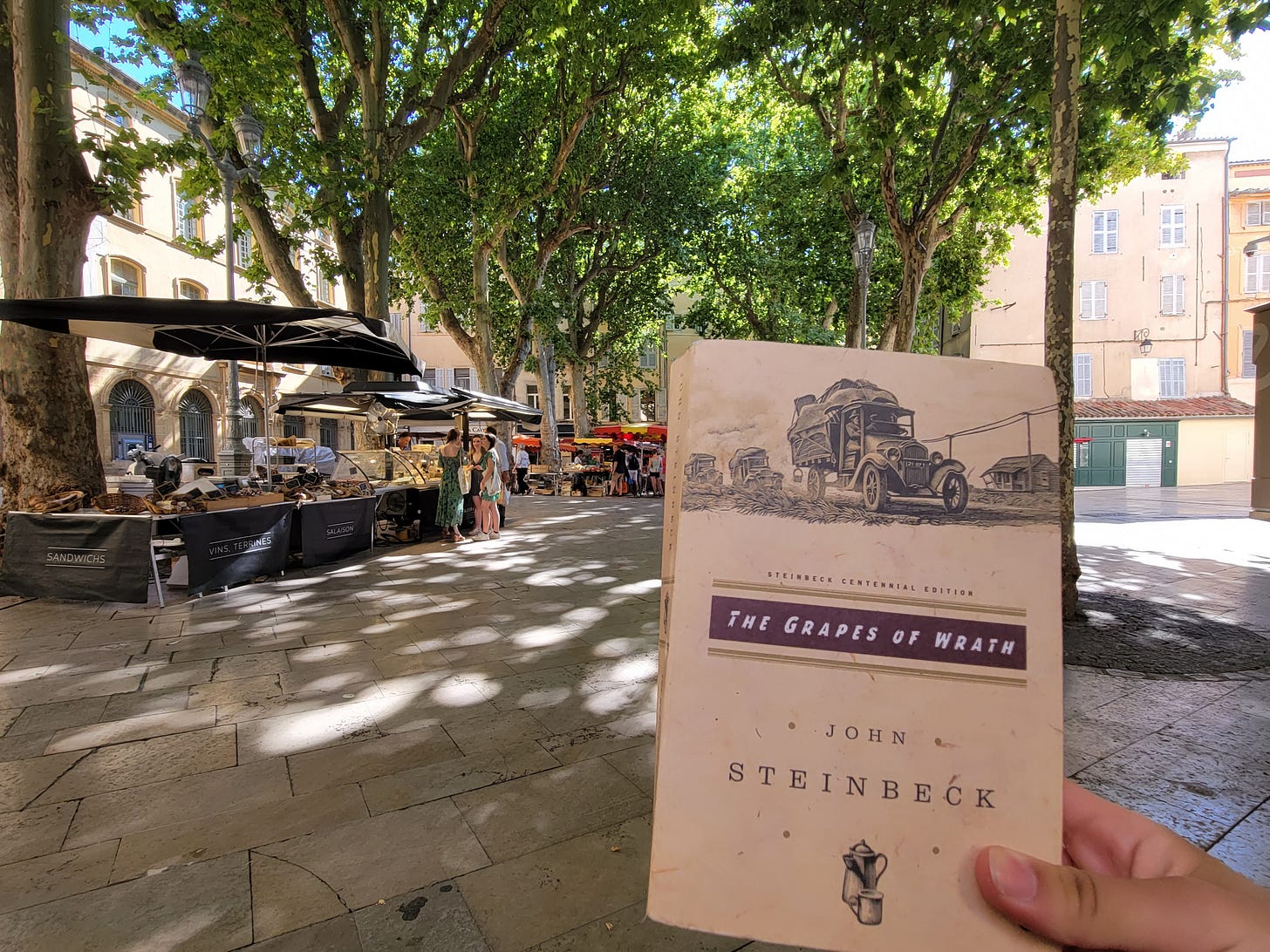
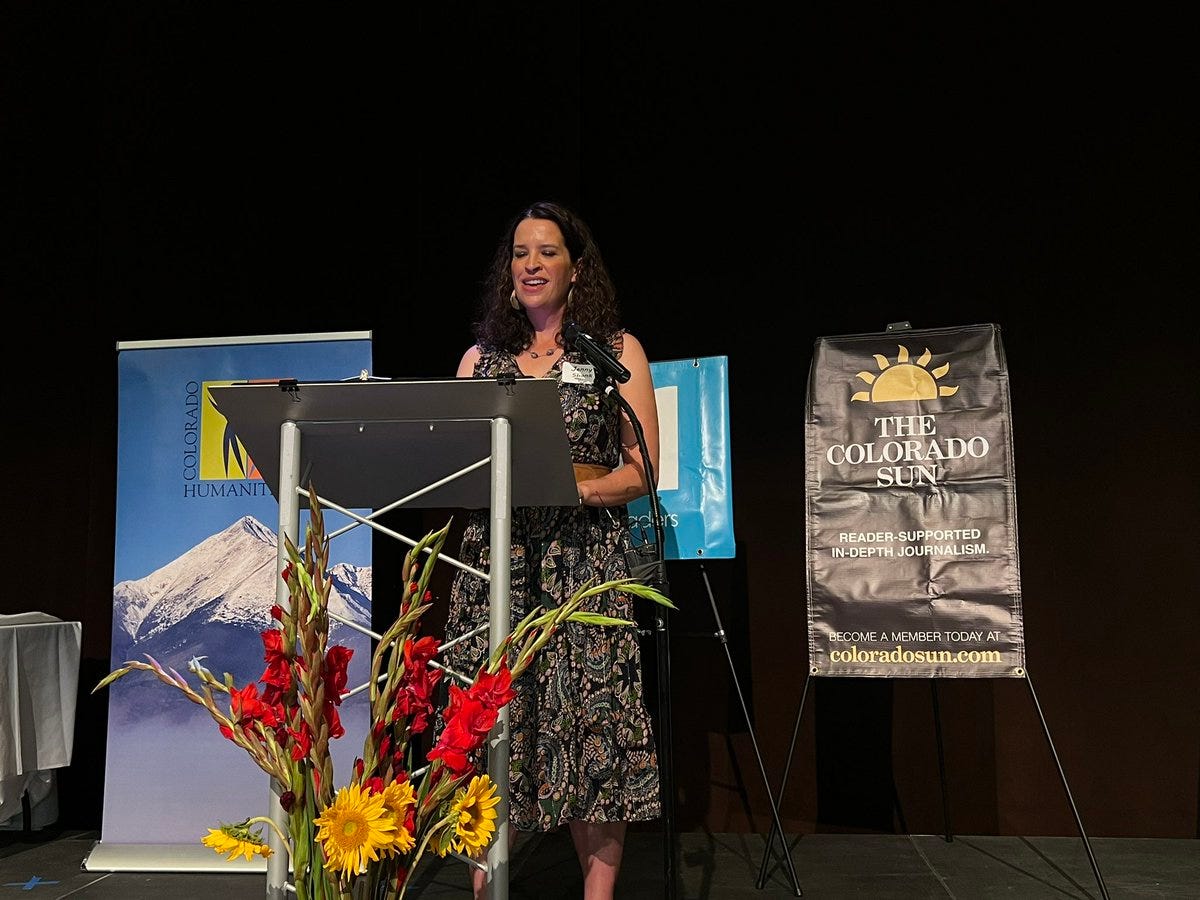
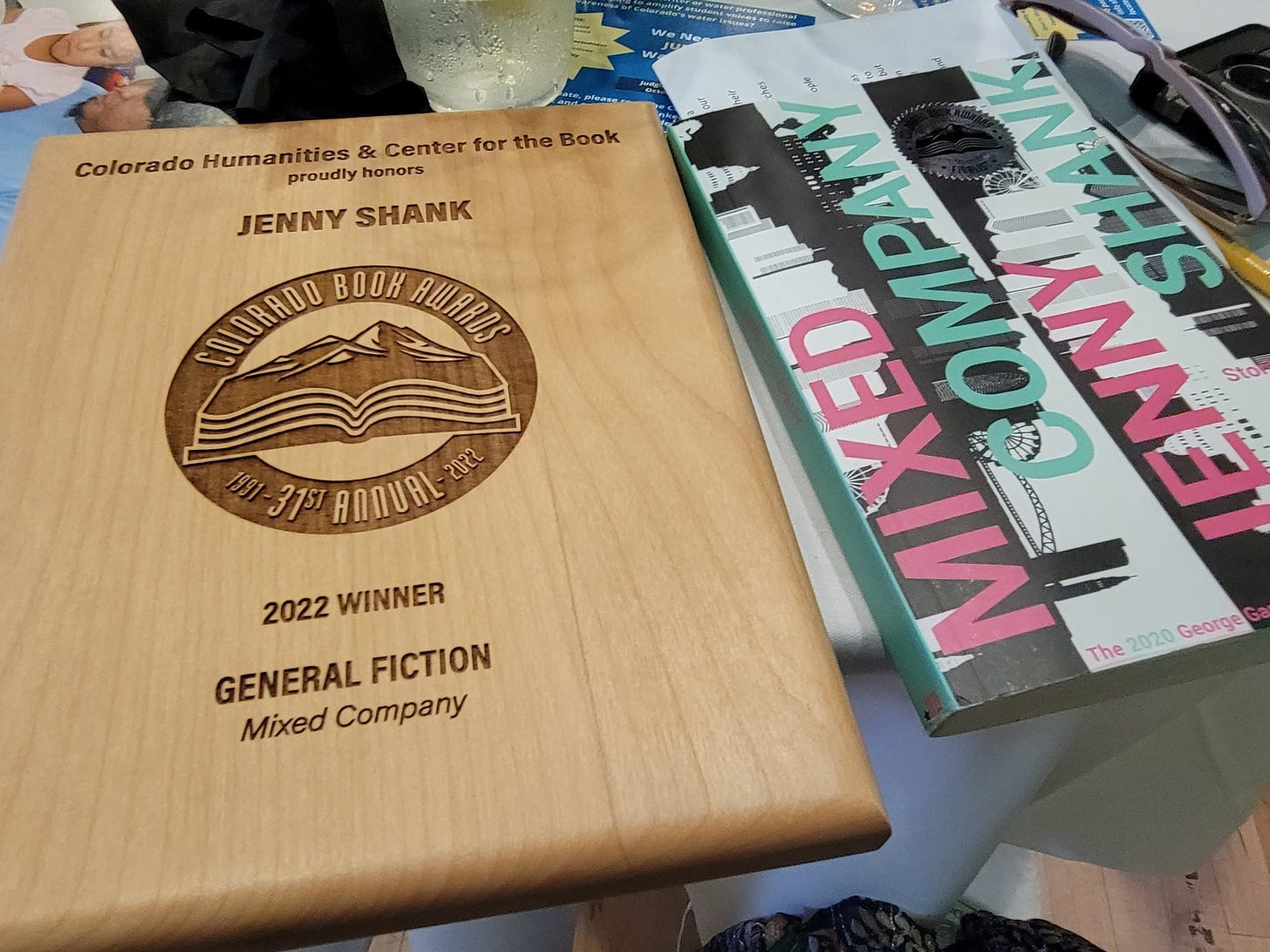
Inspired by this post & my sign-in to The Tumbleweed